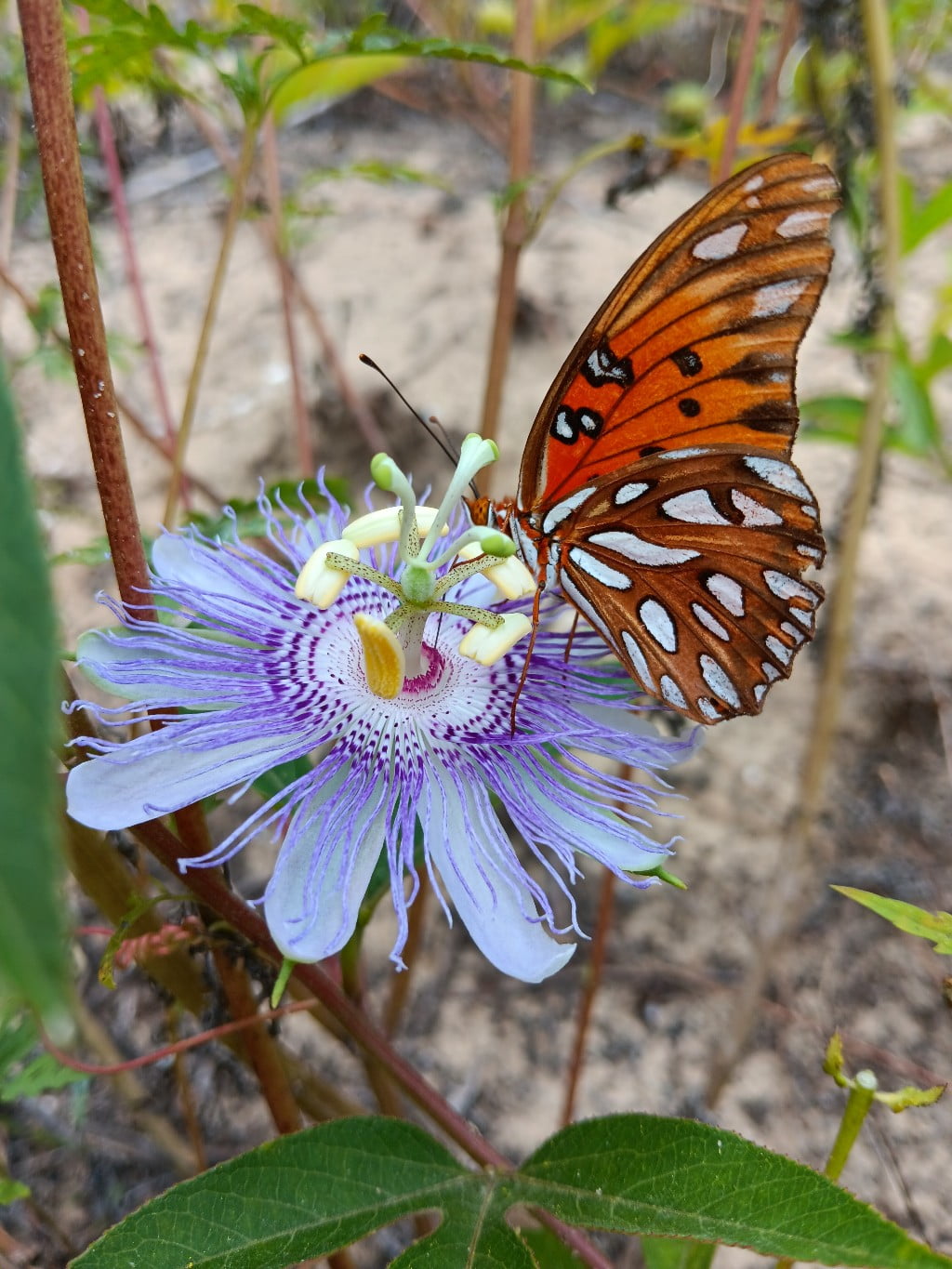The Gulf Fritillary (Agraulis vanillae) is a striking butterfly found throughout the Southern United States, Mexico, Central America, and parts of South America. It’s particularly recognized for its bright orange wings and silver-spangled underwings.
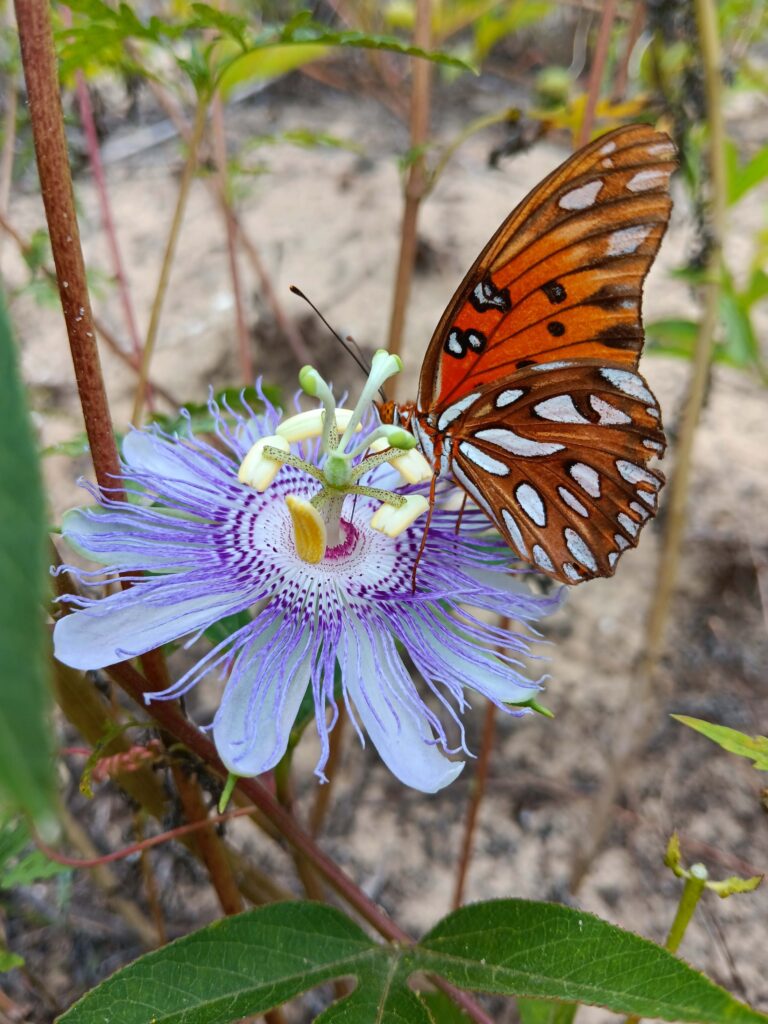
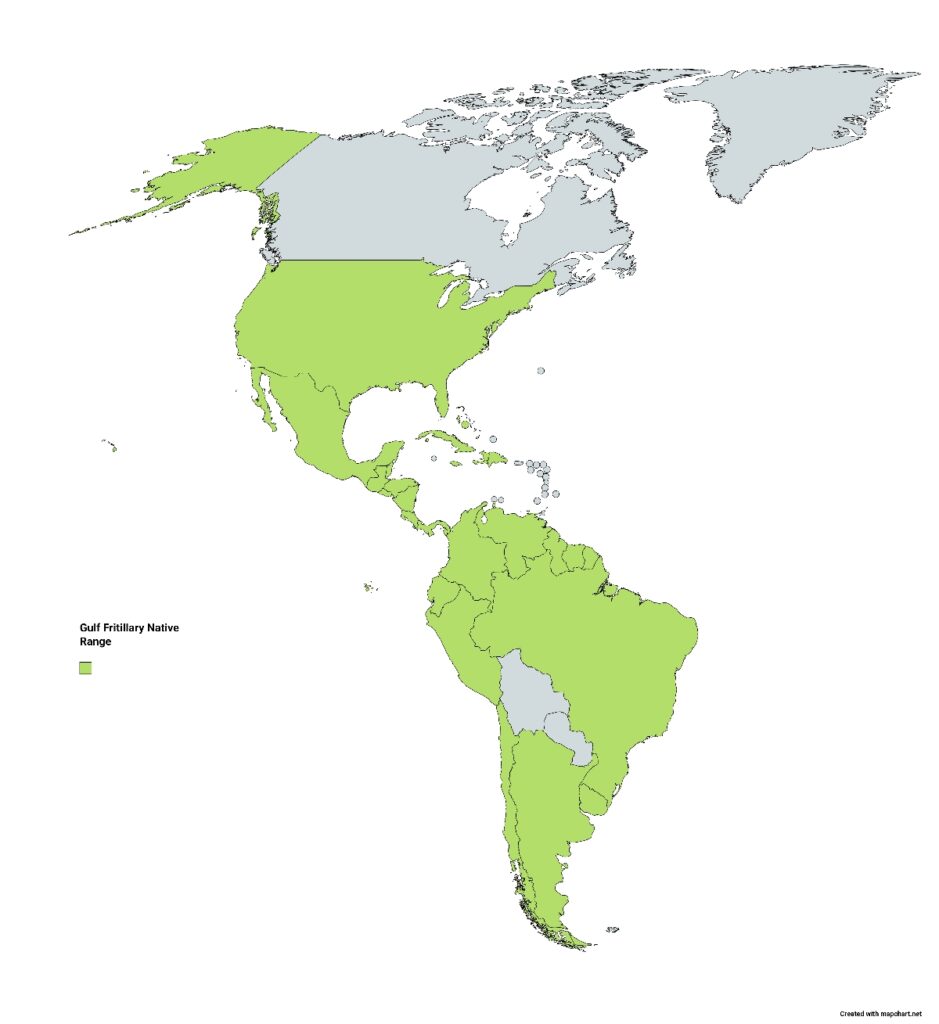
An essential aspect of its life cycle involves its relationship with the genus Passiflora, specifically the Maypop Purple Passionvine (Passiflora incarnata), which plays a crucial role as the larval host plant.
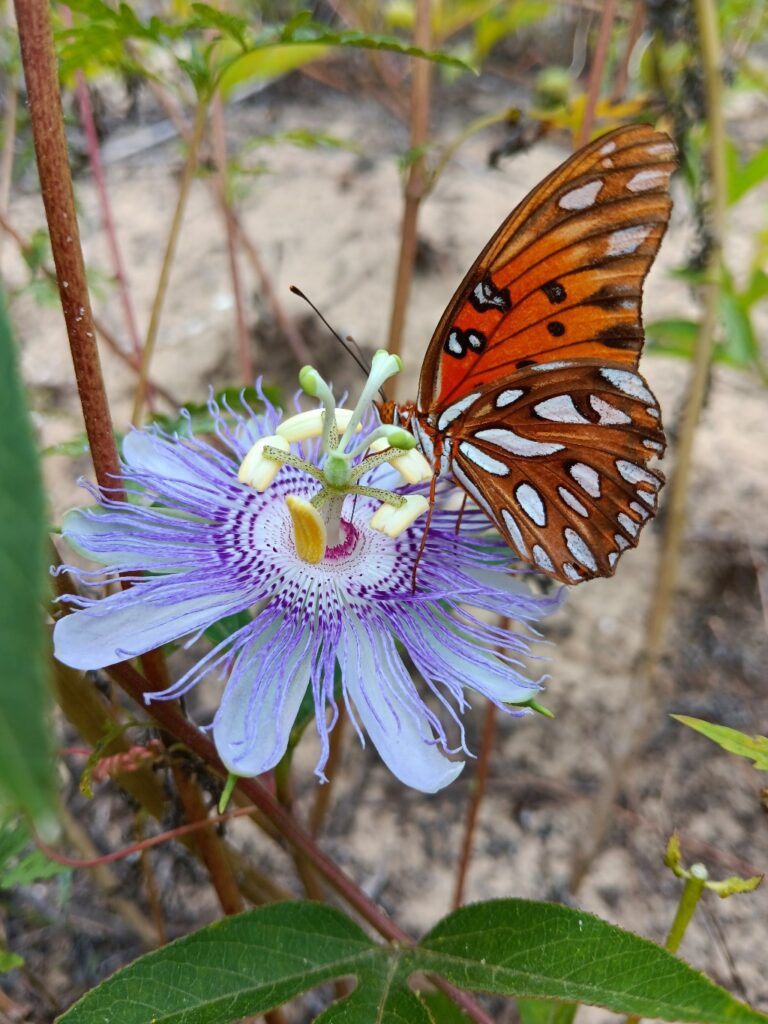
20 Florida-Native Maypop Purple Passionvine Seeds (Passiflora Incarnata)
Maypop Purple Passionvine Passiflora Incarnata seeds. Florida Native. 20+ seeds.
I. Introduction to the Gulf Fritillary
A. Physical Description
The Gulf Fritillary is a medium-sized butterfly with a wingspan of about 2.5 to 3.5 inches. Its upper wings are bright orange with black markings, while the underwings are characterized by their silvery spots. Males are generally more vibrant and slightly smaller than females.
B. Distribution and Habitat
The Gulf Fritillary inhabits a variety of habitats, including gardens, open fields, and woodlands. It thrives in warmer climates, leading to its extensive distribution across the Southern regions.
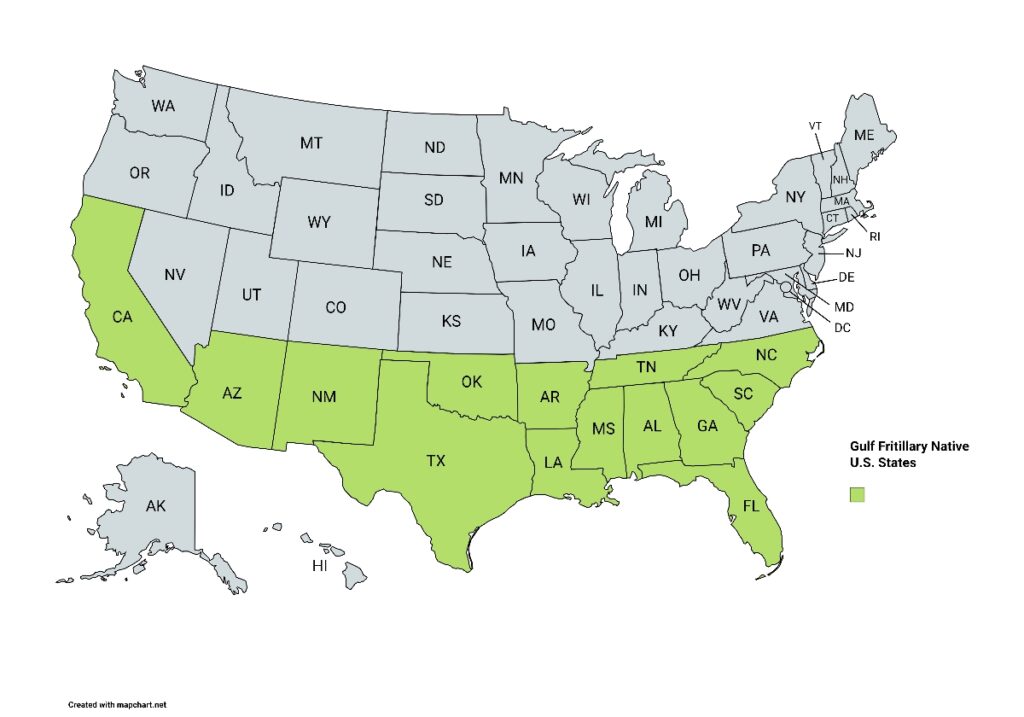
II. Life Cycle and Relationship with Passiflora
A. Egg Laying and Larval Development
The female Gulf Fritillary lays her eggs on the leaves of plants within the *Passiflora* genus. These eggs hatch into caterpillars that feed exclusively on these host plants.
B. The Significance of Maypop Purple Passionvine (*Passiflora incarnata*)

20 Florida-Native Maypop Purple Passionvine Seeds (Passiflora Incarnata)
Maypop Purple Passionvine Passiflora Incarnata seeds. Florida Native. 20+ seeds.
Among the *Passiflora* genus, the Maypop Purple Passionvine stands out as a preferred host plant for the Gulf Fritillary. This plant, native to the southeastern United States, offers a unique blend of nutritional components that cater to the needs of the developing larvae.
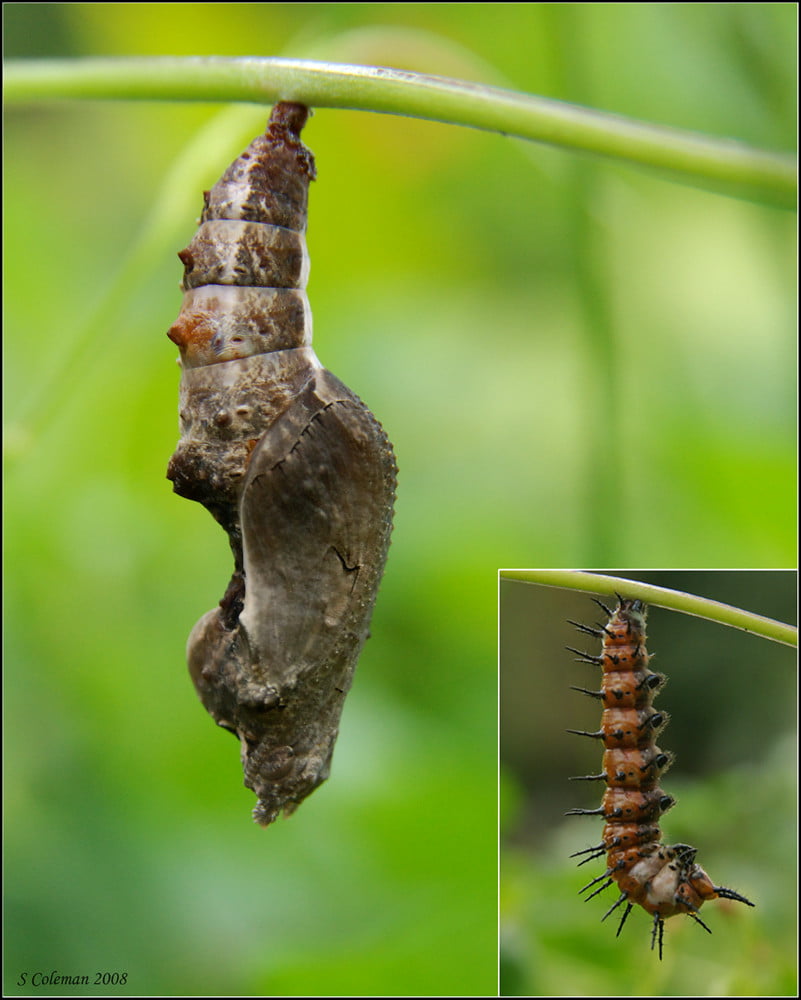
1. Physical Attributes
The Maypop Purple Passionvine is a fast-growing perennial vine with intricate purple flowers and egg-shaped fruit. It’s not just attractive to butterflies; humans have also used it for its medicinal properties.
2. Symbiotic Relationship
The relationship between the Gulf Fritillary and the Maypop Purple Passionvine is a classic example of mutualism. The caterpillars get nourishment from the leaves, while the adult butterflies aid in pollination.
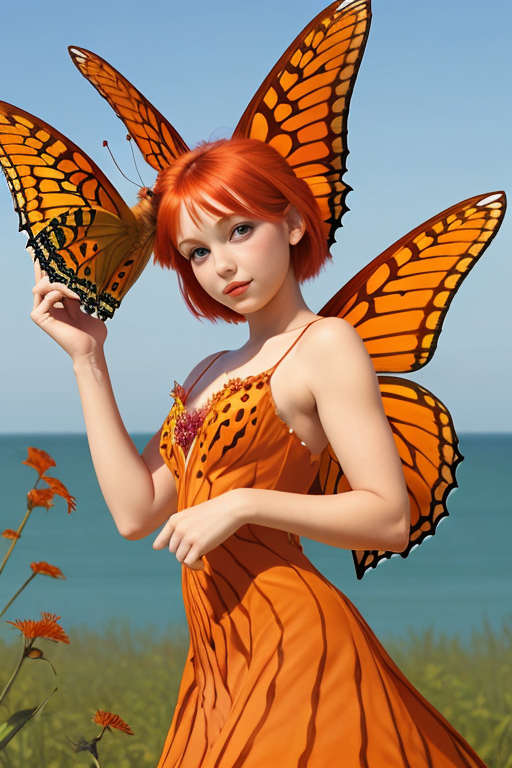
C. Metamorphosis
After a feeding period, the caterpillars form a chrysalis, undergoing metamorphosis to emerge as adult butterflies. The entire process is closely linked to the availability and health of the *Passiflora* host plants.
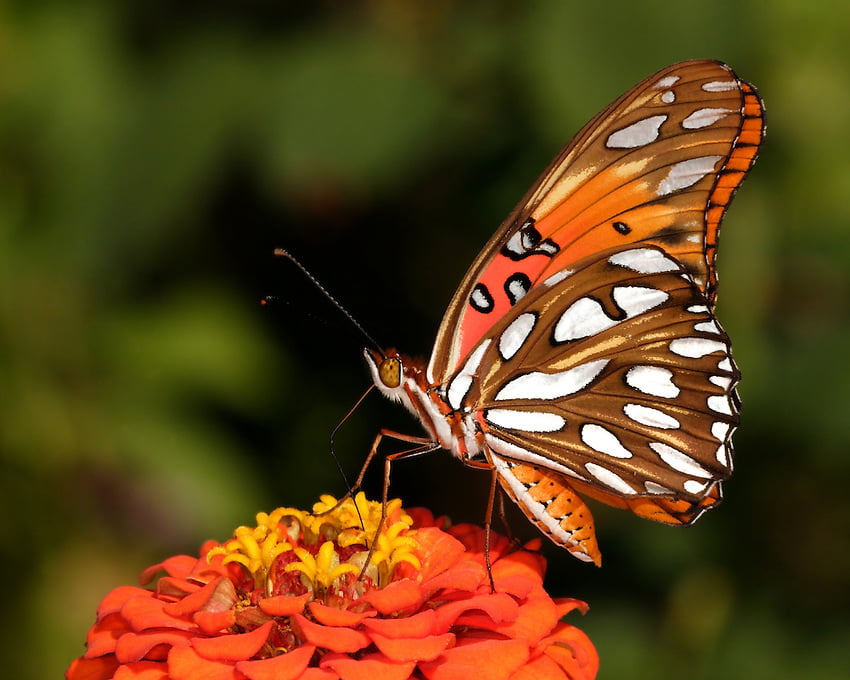
III. Conservation and Human Interaction
The conservation of the Gulf Fritillary is directly tied to the preservation of Passiflora, especially the Maypop Purple Passionvine. Gardeners and conservationists can contribute by planting these vines, thereby providing necessary habitats for the Gulf Fritillary.

20 Florida-Native Maypop Purple Passionvine Seeds (Passiflora Incarnata)
Maypop Purple Passionvine Passiflora Incarnata seeds. Florida Native. 20+ seeds.
A. Threats
Loss of habitat, pesticides, and climate change are some of the threats to both the Gulf Fritillary and its host plants.
B. Conservation Efforts
Local initiatives to plant and protect Passiflora incarnata can support the Gulf Fritillary population. Educational programs emphasizing the importance of this symbiotic relationship are also vital.
IV. Conclusion
The Gulf Fritillary‘s existence is intimately connected to the genus Passiflora and particularly the Maypop Purple Passionvine. This relationship exemplifies the intricate web of interactions within ecosystems and highlights the importance of preserving native plants. By understanding and nurturing this connection, humans can play a role in maintaining the vibrant presence of the Gulf Fritillary in our natural landscapes.
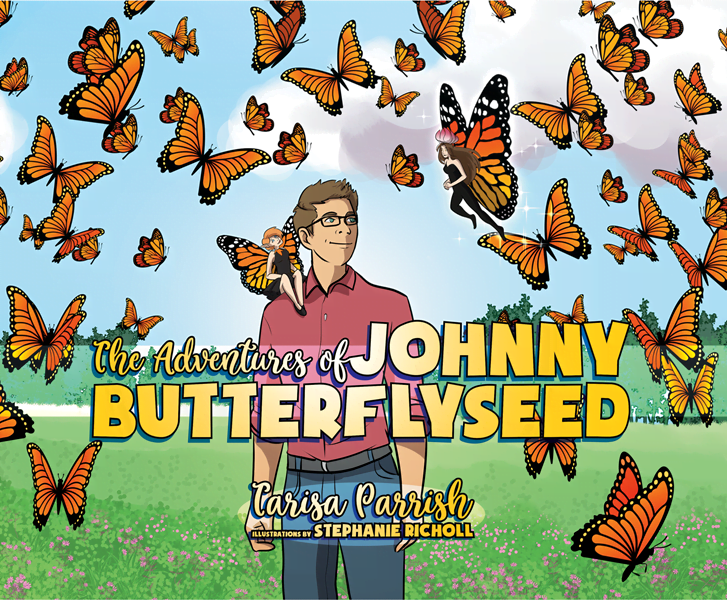
The Adventures of Johnny Butterflyseed – Author Signed First Edition Children’s Book
Save the monarchs!
Johnny Butterflyseed and his fairy friend, Raven Silverwing, embark on a mission to save the rapidly disappearing butterflies. They enlist the help of Queen Venus Goldwing and her kingdom of monarchs to educate and inspire kids to become butterfly farmers. At first, Johnny faces his own internal struggle with self-doubt and fear in his ability to make a difference, but then soon develops a mindset that allows him to not only get started, but also make progress one day at a time. Through challenge after challenge, Johnny learns that he is not alone in his mission and that there are many people who want to help. Together, Johnny, Raven, and Queen Venus educate thousands of children on becoming butterfly farmers.
